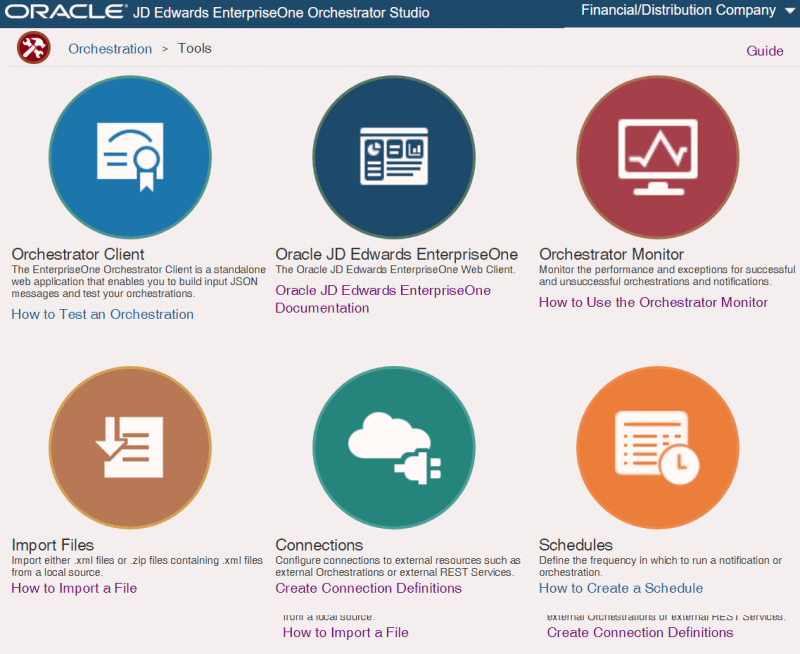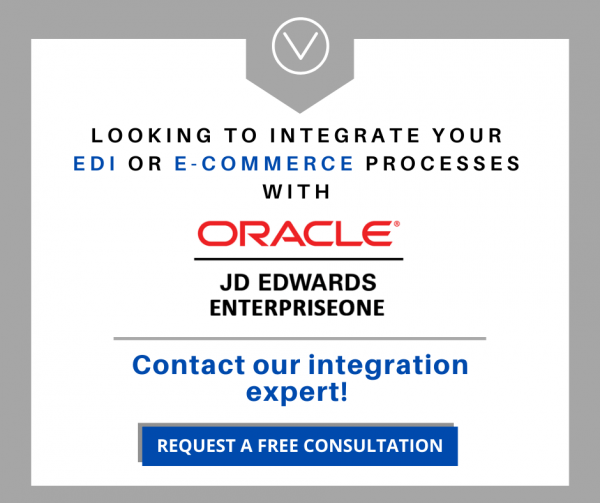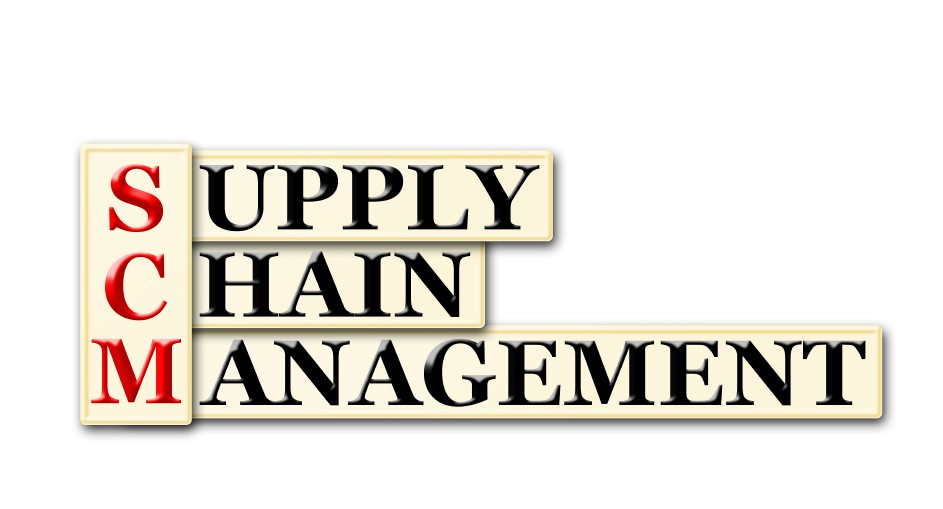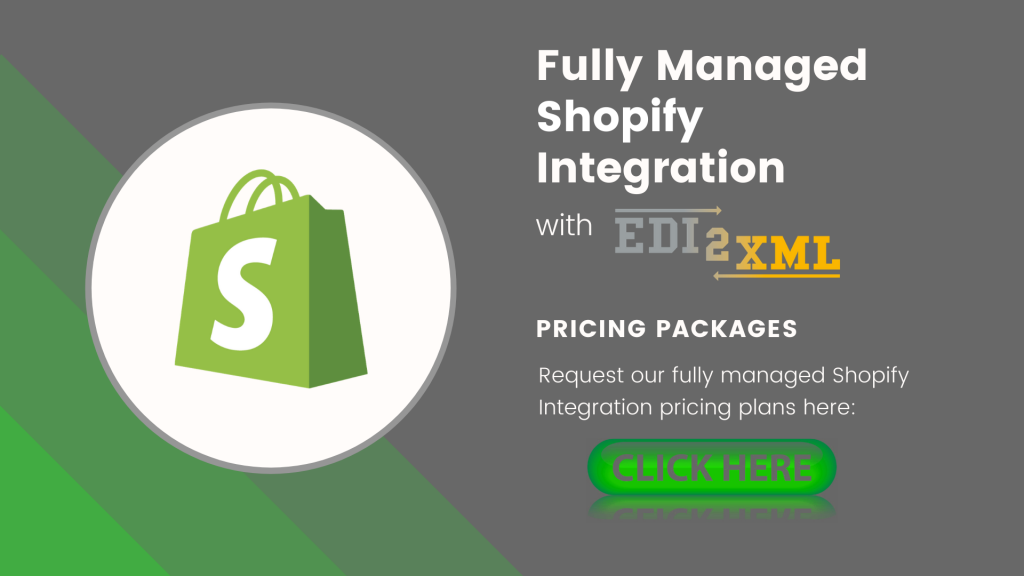Explore how JD Edwards Orchestrator simplifies automation and integration across different systems. See real-life examples of JDE integration from experts with real-world JD Edwards knowledge.
What is JDE EnterpriseOne?
JD Edwards EnterpriseOne, or JDE EnterpriseOne commonly known as JDE, is an integrated applications suite of comprehensive enterprise resource planning (ERP) software. It is developed and marketed by Oracle Corporation. JD Edwards offers a wide range of modules and applications to support various business functions.
JD Edwards and Companies
Oracle JD Edwards is used by a significant number of businesses globally, spanning various industries such as manufacturing, distribution, construction, and services.
Oracle, being a major player in the enterprise software market, has a significant customer base for its JD Edwards EnterpriseOne software. The adoption of JDE varies across regions and industries, and many large and mid-sized enterprises leverage JD Edwards EnterpriseOne for their ERP needs.
Is JD Edwards a Good ERP System?
Determining whether JD Edwards is a good ERP system depends on various factors, including the specific needs and requirements of your business. Here are some considerations to help you evaluate whether JD Edwards is a good fit for your organization:
Industry Fit: JD Edwards is known for providing industry-specific solutions. It may be a good fit if your business operates in industries such as manufacturing, distribution, construction, or services, as JD Edwards offers modules tailored to these sectors.
Scalability: JDE is designed to scale with the growth of your business. If scalability is a crucial factor for your organization, JD Edwards’ modular structure and ability to handle increased data volumes can be an advantage.
Integration Capabilities: JD Edwards (JDE) is designed to be easily integrated with other systems and applications. Oracle recognizes the importance of interoperability in the modern business landscape, and JD Edwards provides various tools and capabilities to facilitate seamless integration.
Global Operations: If your business has a global presence, JD Edwards offers features to support multi-language and multi-currency requirements, making it suitable for companies with international operations.
Functionality: Consider whether JD Edwards provides the specific functionality your business needs. It covers a wide range of ERP functions, including finance, human resources, manufacturing, distribution, and CRM. Evaluate whether these modules align with your business processes.
User-Friendly Interface: JD Edwards is designed with a user-friendly interface, which can contribute to faster adoption and ease of use for employees. Evaluate the system’s usability based on the needs of your user base.
Thus, the “goodness” of an ERP system depends on how well it aligns with your business goals, processes, and long-term strategy.
What is JD Edwards Orchestrator?
JD Edwards Orchestrator is a powerful tool within JD Edwards EnterpriseOne suite that enables organizations to automate, integrate, and streamline business processes. Here are key points about JDE Orchestrator:
JDE Automation and Orchestration
The Orchestrator allows users to create and manage orchestrated processes. These processes can automate a wide range of tasks and activities within JD Edwards, such as data entry, data validation, and business process automation. Best of all, it turns a JDE process or form into a REST API endpoint, that can be called to POST or Get data from/to JDE.
JDE Orchestrator Integration Capabilities
JDE Orchestrator is designed to simplify integration between JD Edwards EnterpriseOne and external systems. It supports integration with other applications, databases, EDI and services, enabling the seamless exchange of data and processes.
JDE Web-Based Design Studio
Orchestrations are created and managed through a web-based design studio. This intuitive interface allows users to define, design, and configure orchestrations without the need for extensive coding or scripting.

JDE Real-Time Event Monitoring
JDE Orchestrator can respond to real-time events and triggers within the JD Edwards system. This capability enables organizations to build responsive and event-driven workflows that react to changes in the business environment.
JDE Orchestrator Interoperability
Orchestrator supports interoperability with various protocols and data formats, making it versatile for connecting with different systems and technologies. It often leverages industry standards such as REST and JSON for communication.
Interoperability refers to the ability of software systems or components to work together, exchange information, and use each other’s functionality seamlessly.
In the context of JD Edwards Orchestrator, interoperability means that the Orchestrator is designed to work well with various systems, technologies, and data formats, allowing for smooth communication and integration.
Various Protocols and Data Formats
Orchestrator is capable of communicating with other software systems using different communication protocols. A protocol is essentially a set of rules that determines how data is transmitted over a network. Examples of communication protocols include HTTP (Hypertext Transfer Protocol) and HTTPS (HTTP Secure).
Data formats refer to the structure in which data is organized. Common data formats include JSON (JavaScript Object Notation) and XML (eXtensible Markup Language).

Versatility for Connecting
Orchestrator’s versatility lies in its ability to connect and interact with different types of systems and technologies. For example, it can integrate with databases, external applications, or web services.
This flexibility is crucial for businesses that use a variety of software solutions and need them to work cohesively.
Communication
Orchestrator often leverages industry standards like REST and JSON for communication between different systems. This means that when Orchestrator interacts with external applications or services, it does so using established and widely adopted methods and formats.
REST (Representational State Transfer) is an architectural style for designing networked applications. RESTful APIs are common in modern web development.
JSON is a lightweight data interchange format that is easy for humans to read and write, and easy for machines to parse and generate. It’s often used as a data format for transmitting information between a server and a web application.
Mobile Access
Orchestrator supports mobile access, allowing users to create and manage orchestrations using mobile devices. This is especially useful for organizations with mobile workforces or those looking to manage processes on the go.
Pre-Built Orchestrations
Oracle provides pre-built orchestrations that serve as templates for common business processes. These templates can be customized to fit specific organizational needs, providing a starting point for implementation.
Data Transformation
Orchestrator includes capabilities for data transformation, allowing organizations to map and transform data between different systems or formats as part of the orchestrated processes.
Security Features
Orchestrator integrates with JD Edwards security features, ensuring that access to orchestrations and sensitive data is controlled and secure.
JD Edwards EnterpriseOne Common Integration
Here are some common types of systems and applications that are frequently integrated with JD Edwards using Orchestrator:
E-Commerce Platforms
Integration with e-commerce platforms like Shopify is common, allowing businesses to synchronize order and inventory data between their online stores and JD Edwards.
EDI (Electronic Data Interchange) Systems
EDI integration is a popular use case for JD Edwards Orchestrator. It enables the exchange of standardized business documents such as purchase orders and invoices electronically, improving efficiency in supply chain management.
Marketplaces
Integration with Amazon, allows businesses to automate the transfer of order and inventory data between Amazon and JD Edwards.
CRM (Customer Relationship Management) Systems
Integration with Salesforce CRM enables the synchronization of customer data, sales leads, and opportunities between Salesforce and JD Edwards.
Other ERP Systems
In scenarios where businesses have multiple ERP systems, Orchestrator can be used to integrate and synchronize data between JD Edwards and other enterprise systems.
Custom Applications
Orchestrator’s flexibility allows businesses to integrate with their Custom-built applications, providing a tailored solution to meet specific business requirements.
HR Systems
Orchestrator can be used to connect JD Edwards with human resources management systems, ensuring seamless data exchange related to employee information, payroll, and benefits.
Logistics and Warehouse Management Systems
Orchestrator can streamline processes related to inventory management, order fulfillment, and shipping by integrating with systems designed for these purposes.
It’s important to note that the suitability of integration depends on the specific business goals and processes. JD Edwards Orchestrator’s flexibility allows organizations to adapt and integrate with a wide range of systems, enabling them to create a cohesive and interconnected IT ecosystem tailored to their needs.
The mentioned integrations are common examples, but the possibilities are extensive based on the unique requirements of each organization.
JD Edwards Orchestrator Services by EDI2XML
Companies often face the challenge of integrating their EDI or eCommerce processes with Oracle JD Edwards EnterpriseOne, and this is where integration providers like EDI2XML play a crucial role.
EDI2XML offers a comprehensive integration service that leverages the power of Oracle Orchestrator studio and experienced Orchestrator engineers.
The combination of EDI2XML’s managed services and Orchestrator’s capabilities offers quick development and deployment, transforming integration projects into efficient and streamlined workflows.
EDI2XML supports a wide range of EDI documents and e-commerce platforms, ensuring flexibility and adaptability to diverse business needs. Whether a company needs integration with Shopify, Amazon, BigCommerce, Magento, or any API-ready platform, EDI2XML offers a tailored solution.
With EDI2XML’s expertise, companies can entrust their integration projects to a team that understands JDE technology, EDI, and all the details of an integration project. EDI2XML it is your trusted integration partner to simplify complex processes and optimize Oracle JD Edwards integration. Contact us for a free consultation with one of our integration experts.






 Salesforce is a cloud-based CRM (Customer Relationship Management) software system. It is very popular amongst enterprises of all sizes as it is best known for its openness for integration. Developers and integrators can read and write data using API and web services. Many companies use Salesforce as a unified tool for leads, campaigns, opportunities and customer tracking.
Salesforce is a cloud-based CRM (Customer Relationship Management) software system. It is very popular amongst enterprises of all sizes as it is best known for its openness for integration. Developers and integrators can read and write data using API and web services. Many companies use Salesforce as a unified tool for leads, campaigns, opportunities and customer tracking.